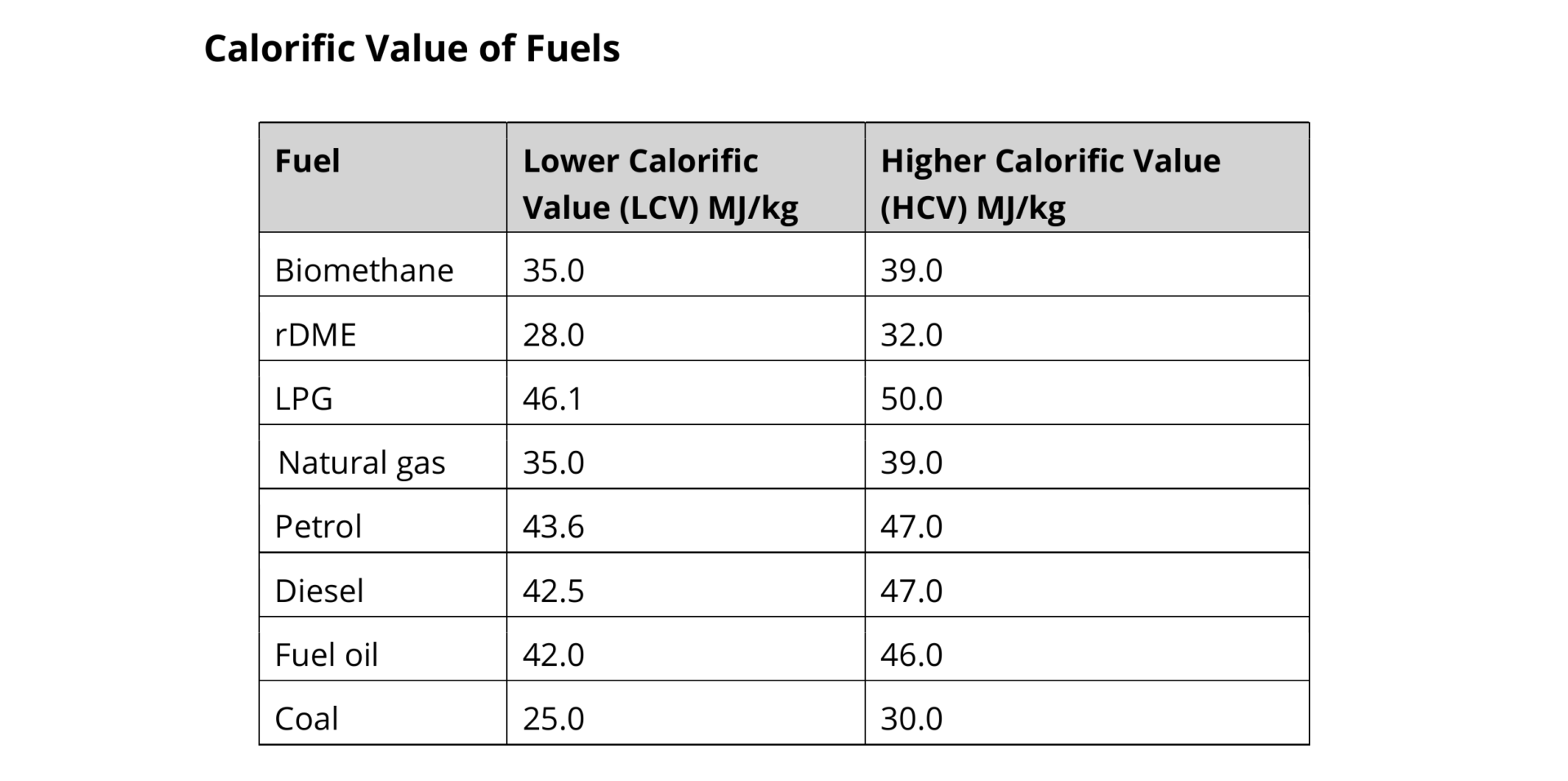LPG represents an effective transitional solution for reducing pollutant emissions. Less harmful than coal and wood, this fuel offers an immediate response to environmental challenges while we work towards a full transition to renewable energy.

The use of coal and wood remains widespread across the world, especially in low- and middle-income countries.
According to the International Energy Agency (IEA) and the World Health Organization (WHO), as many as 2.4 billion people still rely on solid biomass such as wood, agricultural residues, and charcoal for cooking and heating.
Most of these individuals live in Asia, Africa, and Latin America. Around 1.1 billion people use coal, particularly in China, India, and Indonesia, where it remains a cheap and widely available energy source. The use of wood and coal for cooking and heating leads to both indoor and outdoor pollution, posing serious health risks.
The WHO estimates that 4 million people die each year due to these causes. Air pollution resulting from the combustion of these materials contributes to climate change, releasing large amounts of CO₂, fine particulate matter (PM2.5), nitrogen monoxide (NOx), and carbon monoxide (CO).
While renewable energy plays a central role in the green transition, the adoption of less polluting fossil fuels will also be necessary in the short to medium term. Liquefied Petroleum Gas (LPG) stands out as a key resource for reducing emissions — both in domestic and industrial use, particularly in areas not served by natural gas, and in the transport sector.
LPG is a fossil fuel that can be obtained either as a by-product of oil refining or during natural gas processing.
Although it is not a renewable source, it emits less CO₂ than oil and coal, making it a cleaner-burning fuel. With low levels of sulphur, methane and other impurities, it offers significant benefits in terms of air quality and greenhouse gas reduction.
In the green transition, LPG is seen as a bridging solution that allows for an immediate reduction in emissions in sectors that are difficult to decarbonise quickly. However, to fully unlock its potential, it must be combined with the latest technological innovations.
In contexts of extreme poverty, such as in parts of Africa, Asia and South America, access to electricity at an affordable cost is still out of reach. As a result, essential daily functions for survival are often reliant on high-emission fuels such as wood, charcoal, and dried animal dung.
Electronics and digital technologies can enable the replacement of these high-impact fuels with LPG.
A new business model, for example, involves the provision of remotely monitored cylinders on a rental basis, allowing gas to be dispensed according to pre-paid credit.
Today, 2.4 billion people burn harmful materials, putting their health at risk and polluting the atmosphere. LPG offers a safer and simpler alternative: users can access gas through a pay-as-you-go model, even purchasing small amounts via mobile apps, with micropayments — including remittances sent by friends and family living abroad.
LPG is used in areas not served by the natural gas network and requires accurate data management, enabled by the Internet of Things (IoT). IoT devices and AI monitor and control the entire LPG lifecycle — from production and distribution to final consumption.
This makes it possible to collect real-time data, detect faults before they become critical, and optimise supply logistics by leveraging artificial intelligence — accurately predicting consumption, purchases, and delivery routes automatically.
In the transport sector, technology is making LPG a more sustainable choice. LPG-powered vehicles, with a lower environmental impact compared to petrol or diesel engines, are already a well-established reality.
Advances in LPG engine technology have improved performance, reduced CO₂ emissions, and increased energy efficiency. Moreover, the integration of the biofuel rDME — a renewable variant of LPG produced from biomass — is gaining traction. It has the potential to cut CO₂ emissions to near zero, making vehicles almost carbon-neutral.
In Europe, refuelling stations for heavy vehicles and buses are becoming increasingly widespread.
In both residential and industrial sectors, the adoption of advanced LPG-powered heating technologies is supporting the transition towards a more sustainable future.
LPG boilers are becoming increasingly efficient, thanks to condensing technology, which captures the latent heat from exhaust gases to further heat the air.
The integration of smart solutions, such as intelligent thermostats and home energy management systems, allows for optimised use of LPG, saving energy and reducing waste.
Monitoring and managing energy consumption intelligently is essential for lowering emissions and improving efficiency.
Aton is a Benefit Corporation, certified as a B Corp. At first glance, a strong focus on environmental and social issues may seem ethically at odds with operating in the fossil fuel sector. However, it is precisely in high-impact industries where digital technologies and innovation can make the greatest difference.
Supporting companies in the sector through their digital and green transition means achieving meaningful results even in the short term — streamlining supply chains, reducing consumption, and shifting towards less polluting raw materials.
Aton’s artificial intelligence, integrated into the .one AI platform, is designed to ensure that LPG can deliver its full potential in reducing environmental impact by:
In this way, the energy sector too can become a catalyst for positive change — bringing together social progress and technological innovation.